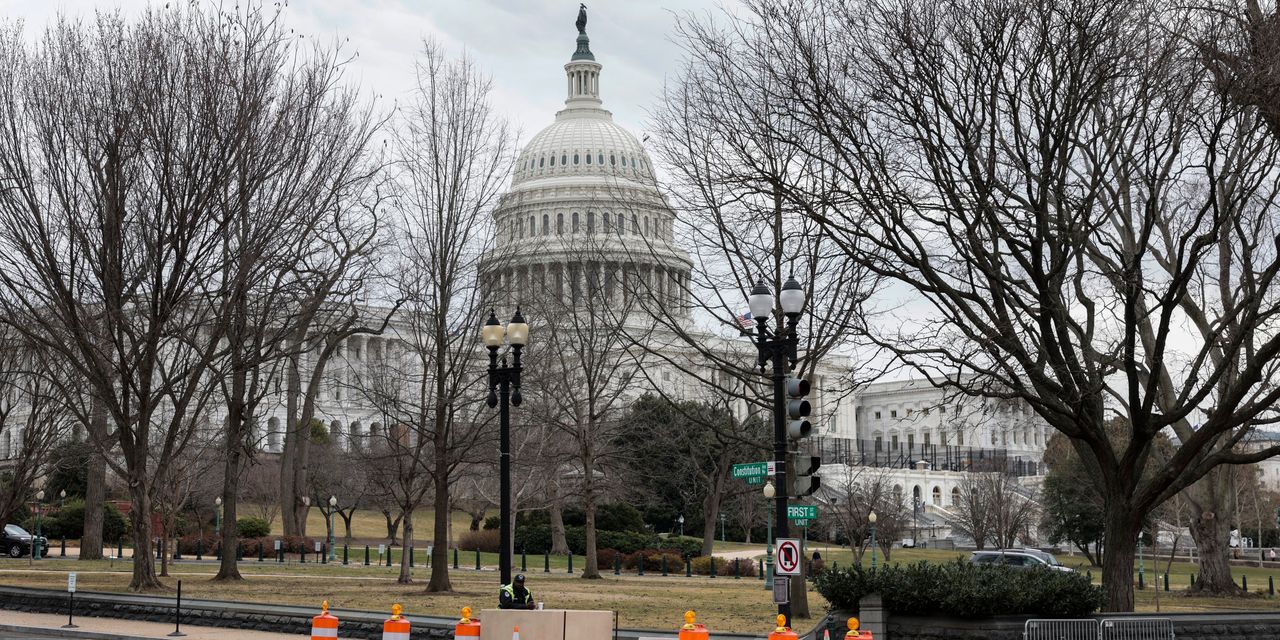
The Tell: What stock investors need to know about U.S. government shutdowns
Anna Moneymaker/Getty ImagesA potential U.S. government shutdown is looming in a matter of days and weighing on risk appetite in financial markets on Tuesday. Yet history shows that they’re relatively common, resolved quickly, and don’t tend to keep the S&P 500 index from advancing.That’s according to Brian Levitt, the New York-based global market strategist for Invesco, which managed almost $1.54 trillion as of June 30. His remarks come as the U.S. federal government is headed toward a partial shutdown Sunday morning, if lawmakers don’t act fast enough.The U.S. has experienced a total of 21 government shutdowns in its history, he said, citing the Treasury Department. On average, they’ve been resolved within eight days; five of them lasted only a day and the longest stretched on for 34 days. And during shutdowns, the S&P 500 SPX has managed to eke out a 0.1% average return, Levitt said in emailed comments distributed on Monday.This time around, however, there’s a lot of simultaneous risks that investors are grappling with — from rising interest rates to the possible revival of inflation amid expanded labor strikes, in addition to the resumption of student-loan payments that could sap spending. U.S. stocks DJIA SPX COMP remain on track for a losing September as of Tuesday, with long-term Treasury yields near their highest levels in a dozen years or more. Read:Stock investors face a wall of worry into year’s end, creating the need for protection “While unnerving, concerns about shutdowns shouldn’t change investors’ long-term investment plans,” Levitt wrote in his comments, which were also posted online earlier this month. “This isn’t the first government shutdown, and it’s likely not the last.”U.S. stocks opened lower on Tuesday amid ongoing worries about a shutdown, which Moody’s Investors Service said would be “credit negative” for the U.S. As of late-morning trading, Dow industrials were down by more than 300 points or 0.9%. Meanwhile, the S&P 500 and Nasdaq Composite were respectively off by 1.2% or 1.3%.See also:U.S. government shutdown: Here’s how a partial closure could affect you and Government shutdown could leave thousands of federally backed mortgages in ‘limbo’On average, the S&P 500 has advanced in the aftermath of government shutdowns, according to Levitt. Moreover, the index posted positive returns during 12 of the 21 government shutdowns. Volatility increased some — but not all — of the time, based on moves derived from returns on Dow industrials, he said.Source: Bloomberg as of Dec. 31, 2022. Volatility is measured by the standard deviation of price moves on returns in the Dow Jones Industrial Average.
Market Pulse Stories are Rapid-fire, short news bursts on stocks and markets as they move. Visit MarketWatch.com for more information on this news.


